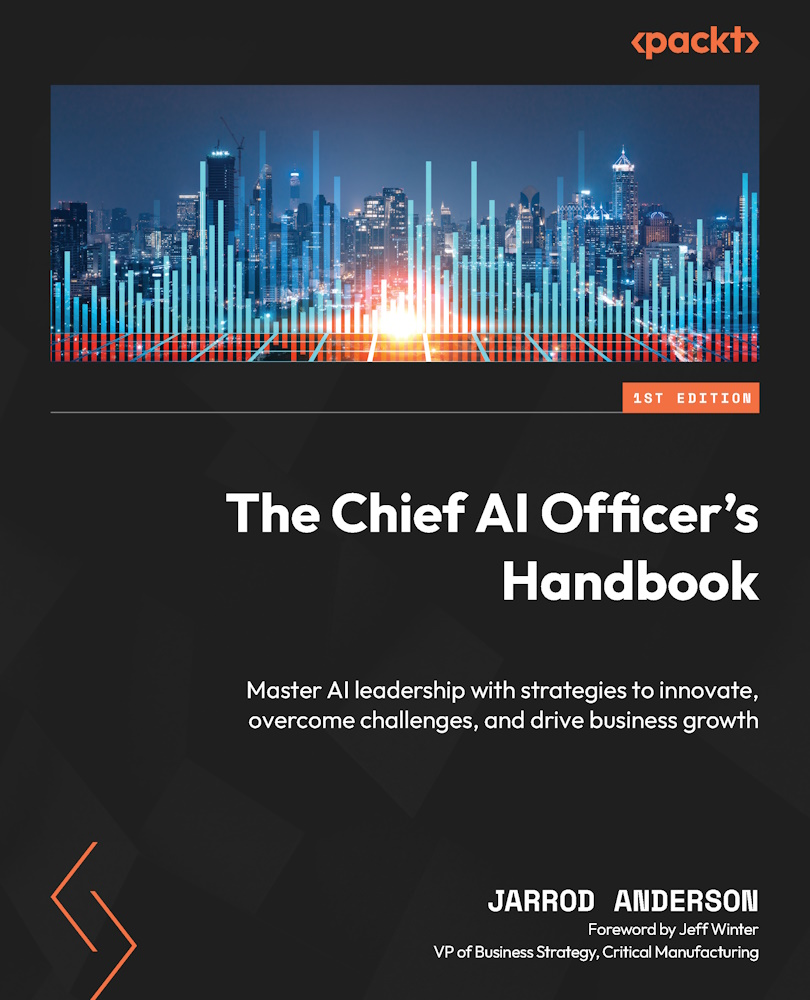The Chief AI Officer's Handbook Master AI leadership with strategies to innovate, overcome challenges, and drive business growth

As someone deeply interested in the intersection of technology and business leadership, I found “The Chief AI Officer’s Handbook” by Jarrod Anderson and Jeff Winter to be an invaluable resource. This book provides a thorough exploration of the strategies and challenges involved in leading AI initiatives within an organization.
Content and Structure
The book is well-structured, guiding readers through the essential aspects of AI leadership. It begins with an introduction to the role of a Chief AI Officer, outlining the key responsibilities and expectations. The authors then delve into the strategies required to innovate and drive business growth using AI technologies.
One of the standout features of this book is its practical approach. Anderson and Winter provide real-world examples and case studies that illustrate the concepts discussed. This makes it easier for readers to understand how to apply these strategies in their own organizations. The book covers a wide range of topics, including data management, ethical considerations, and overcoming common challenges in AI implementation.
Insights and Strategies
The authors offer insightful strategies for integrating AI into business processes. They emphasize the importance of a clear vision and strong leadership in successfully implementing AI initiatives. The book also highlights the need for collaboration between different departments, such as IT, data science, and business units, to ensure the successful adoption of AI technologies.
Another key aspect of the book is its focus on innovation. Anderson and Winter discuss how AI can be used to drive innovation and create new business opportunities. They provide practical tips on fostering a culture of innovation within an organization and leveraging AI to stay ahead of the competition.
Challenges and Solutions
The book does not shy away from addressing the challenges associated with AI leadership. It provides a candid discussion of the potential pitfalls and offers practical solutions for overcoming them. This includes dealing with data privacy concerns, managing ethical considerations, and ensuring the responsible use of AI.
Conclusion
Overall, “The Chief AI Officer’s Handbook” is a must-read for anyone involved in AI leadership. Whether you are a seasoned executive or a budding entrepreneur, this book offers valuable insights and practical strategies for leveraging AI to drive business growth. Anderson and Winter have done an excellent job of demystifying the complexities of AI leadership and providing a clear roadmap for success.
I highly recommend this book to anyone looking to master AI leadership and innovate in their organization. It is a comprehensive guide that will undoubtedly become a go-to resource for AI professionals.